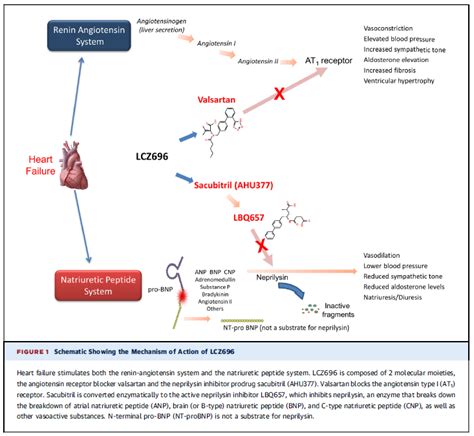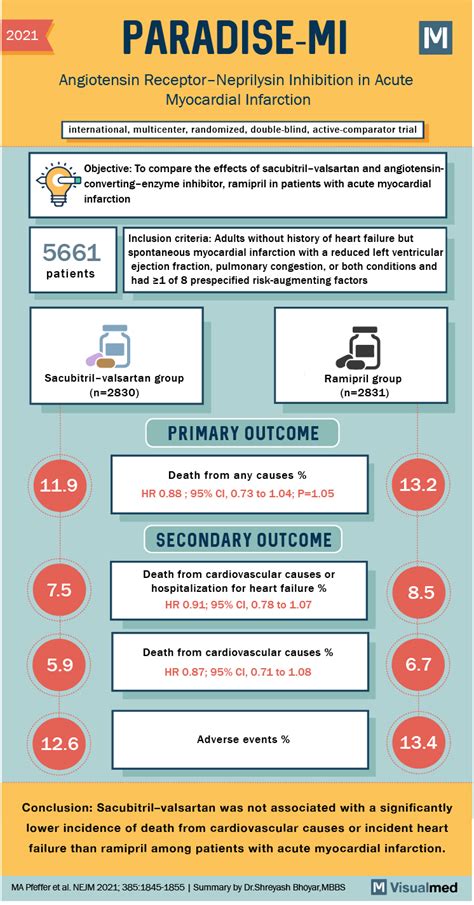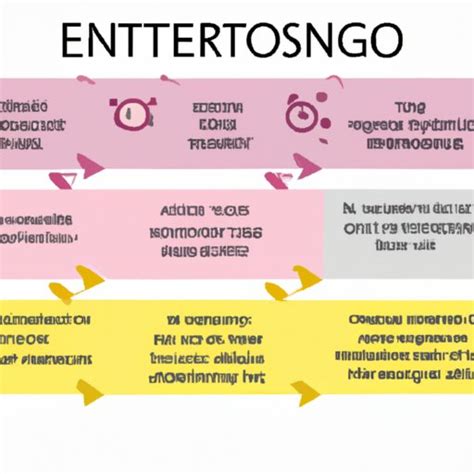The world of pharmaceuticals has seen a significant shift in recent years with the introduction of innovative treatments for various conditions. One such medication that has garnered attention is Entresto, a drug used to treat heart failure. Understanding the intricacies of Entresto is crucial for both medical professionals and patients alike. Let's delve into the realm of Entresto and uncover some fascinating facts about this medication.
Heart failure is a chronic condition where the heart doesn't pump blood as well as it should. This can lead to fatigue, swelling in the legs, and shortness of breath, significantly impacting a person's quality of life. The introduction of Entresto has provided a new avenue for treating this condition, offering hope to millions of people worldwide. The importance of understanding Entresto lies in its potential to improve outcomes for heart failure patients, making it a vital topic for discussion.
As we explore the world of Entresto, it becomes clear that this medication is not just another treatment option but a game-changer in the field of cardiology. By grasping the benefits, working mechanisms, and potential side effects of Entresto, patients and healthcare providers can make informed decisions about its use. This knowledge can lead to better management of heart failure, ultimately enhancing patient care and outcomes. The journey to understanding Entresto is multifaceted, involving a deep dive into its pharmacology, clinical trials, and real-world applications.
Introduction to Entresto
Entresto, known generically as sacubitril/valsartan, is a combination drug used primarily for the treatment of heart failure with reduced ejection fraction (HFrEF). It works by combining two types of drugs: a neprilysin inhibitor (sacubitril) and an angiotensin receptor blocker (valsartan). This unique combination allows Entresto to have a dual mechanism of action, making it more effective than traditional treatments for certain patients.
Working Mechanism of Entresto
The working mechanism of Entresto involves the inhibition of neprilysin, an enzyme that breaks down certain peptides, and the blockade of angiotensin II receptors, which play a role in blood vessel constriction and fluid balance. By inhibiting neprilysin, Entresto increases the levels of these beneficial peptides, which help to relax blood vessels, reduce blood pressure, and decrease the heart's workload. Simultaneously, by blocking angiotensin II receptors, Entresto further contributes to vasodilation and reduces the adverse effects of angiotensin II on the heart.
Clinical Trials and Efficacy
The efficacy of Entresto was demonstrated in the PARADIGM-HF trial, a landmark study that compared Entresto with an ACE inhibitor (enalapril) in patients with HFrEF. The results showed that Entresto significantly reduced the risk of death from cardiovascular causes or hospitalization for heart failure compared to enalapril. This trial provided strong evidence for the use of Entresto in the treatment of heart failure, leading to its approval by regulatory agencies worldwide.
Benefits of Entresto
The benefits of Entresto are multifaceted:
- **Reduced Mortality and Morbidity**: Entresto has been shown to reduce the risk of death from cardiovascular causes and hospitalizations due to heart failure.
- **Improved Symptom Control**: By reducing the heart's workload and improving its pumping efficiency, Entresto can help alleviate symptoms of heart failure, such as shortness of breath and fatigue.
- **Enhanced Quality of Life**: The improvement in symptoms and reduction in hospitalizations contribute to an enhanced quality of life for patients with heart failure.
Potential Side Effects and Considerations
While Entresto offers significant benefits, it's not without potential side effects. Common side effects include:
- Hypotension (low blood pressure)
- Hyperkalemia (elevated potassium levels)
- Cough
- Dizziness
- Renal impairment
It's crucial for patients to be monitored regularly while on Entresto to manage these potential side effects and adjust the treatment plan as necessary.
Real-World Applications and Future Directions
In real-world scenarios, Entresto has shown promise in managing heart failure, with many patients experiencing significant improvements in their condition. Future directions for Entresto include its potential use in other forms of heart failure and exploring its benefits in combination with other treatments. Ongoing research aims to further elucidate the role of Entresto in cardiovascular medicine, potentially leading to expanded indications and improved patient outcomes.
Conclusion and Next Steps
As we conclude our exploration of Entresto, it's evident that this medication represents a significant advancement in the treatment of heart failure. Its unique mechanism of action, proven efficacy, and potential to improve patient outcomes make it a valuable tool in the management of HFrEF. For healthcare providers and patients, understanding the intricacies of Entresto is crucial for maximizing its benefits while minimizing its risks.
In the journey to better heart health, staying informed about the latest treatments and advancements is key. We invite you to share your thoughts, experiences, or questions about Entresto in the comments below. Your engagement can help foster a community of support and knowledge, ultimately contributing to improved care for those affected by heart failure.
What is Entresto used for?
+
Entresto is used for the treatment of heart failure with reduced ejection fraction (HFrEF).
How does Entresto work?
+
Entresto works by combining a neprilysin inhibitor (sacubitril) and an angiotensin receptor blocker (valsartan), which helps to relax blood vessels, reduce blood pressure, and decrease the heart's workload.
What are the potential side effects of Entresto?
+
Potential side effects include hypotension, hyperkalemia, cough, dizziness, and renal impairment.







